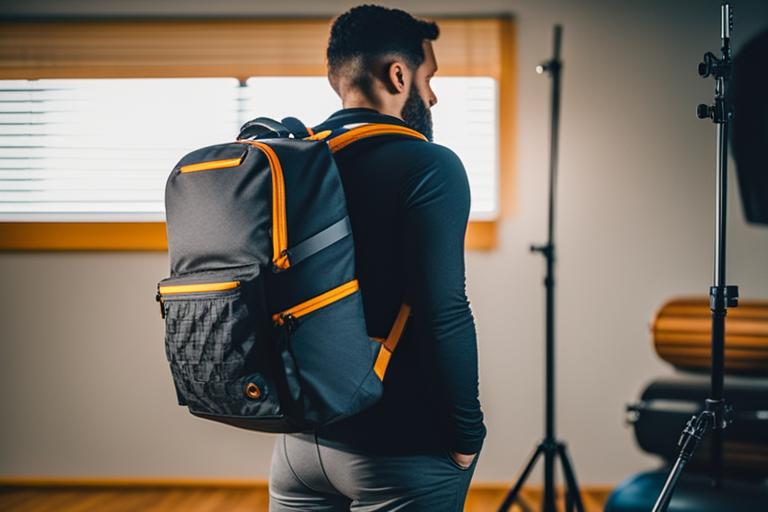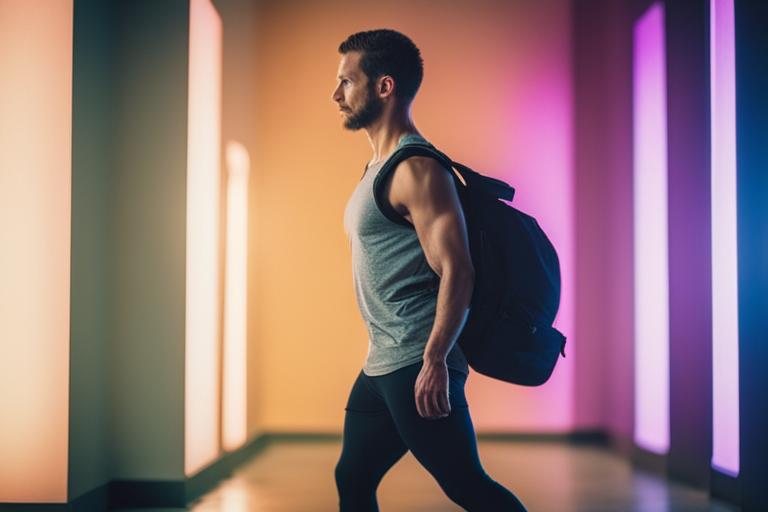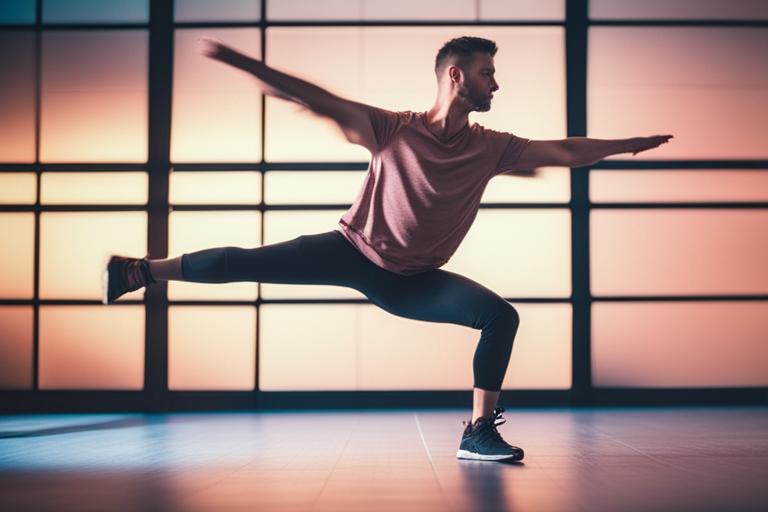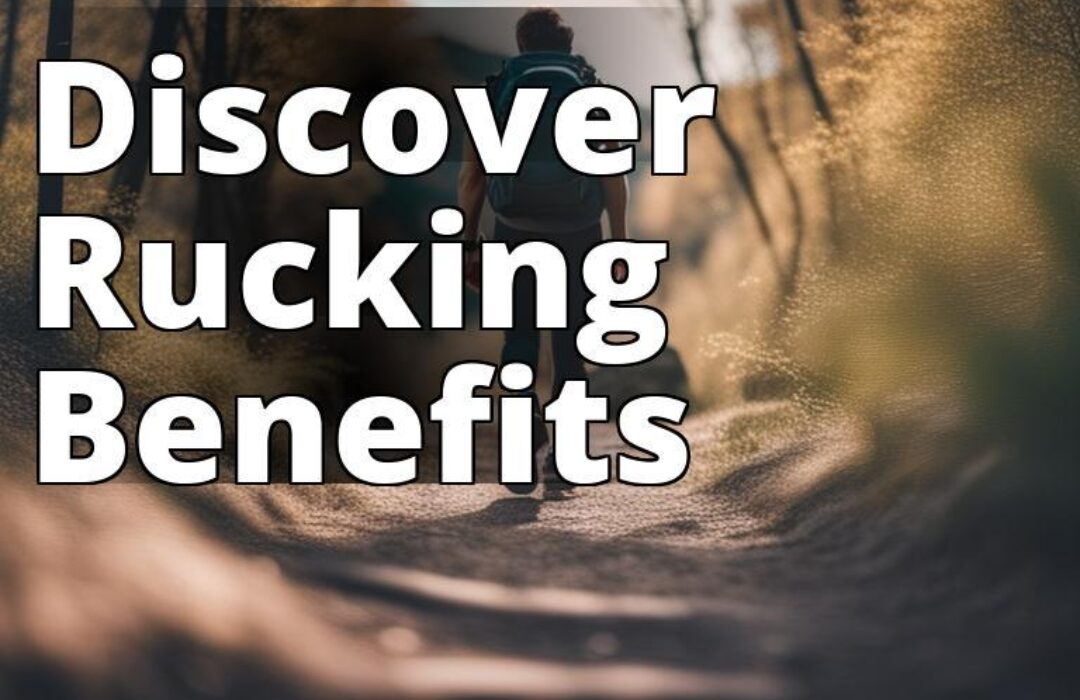Are you looking for a new workout that provides numerous physical and mental benefits? Look no further than rucking! Rucking, which involves walking with a weighted backpack, is gaining popularity among fitness enthusiasts for its low-impact exercise and total body workout. In this article, we will explore the benefits of rucking and provide tips on how to get started with this ultimate fitness solution.
Learn the Physical and Mental Benefits of Rucking
- Rucking improves cardiovascular health, increases muscle strength and endurance, improves posture and balance, aids in weight loss and calorie burn, and reduces the risk of injury.
- Rucking also reduces stress and anxiety, improves cognitive function and memory, boosts mood and self-esteem, and enhances overall well-being.
- To get started with rucking, choose the right backpack and gear, add weight to your backpack, use proper form and technique, gradually increase intensity and duration, and follow safety tips such as wearing proper shoes and clothing, staying hydrated and nourished, avoiding overexertion and injury, and rucking in safe and well-lit areas.

Physical Benefits of Rucking
Improved Cardiovascular Health
Rucking is an excellent way to improve your cardiovascular health. Walking with a weighted backpack raises your heart rate, which increases blood flow and oxygenation. This makes your heart stronger and more efficient at pumping blood, reducing the risk of heart disease and other cardiovascular illnesses.
Increased Muscle Strength and Endurance
Rucking is a full-body workout that engages multiple muscle groups. Walking with a weighted backpack adds stress to your muscles, which strengthens and tones them. This leads to increased muscle endurance and overall strength.
Improved Posture and Balance
Rucking improves your posture and balance. Walking with a weighted backpack engages your core muscles, stabilizing your spine and improving your posture. Moreover, the added weight in your backpack challenges your balance, leading to better coordination and balance.
Weight Loss and Calorie Burn
Rucking is a great way to burn calories and lose weight. Walking with a weighted backpack increases energy expenditure, helping you burn more calories and lose weight. Rucking also boosts your metabolism, making it easier to maintain a healthy weight.
Reduced Risk of Injury
Rucking is a low-impact exercise that is gentle on your joints. Unlike high-impact exercises like running, rucking puts less stress on your knees, hips, and ankles, reducing the risk of injury. Additionally, rucking strengthens your bones and muscles, making you less prone to injury.

Mental Benefits of Rucking
Reduced Stress and Anxiety
Rucking reduces stress and anxiety. Walking with a weighted backpack can be meditative and calming, providing relaxation and stress relief. The physical activity of rucking also releases endorphins, which boost your mood and reduce stress levels.
Improved Cognitive Function and Memory
Rucking improves cognitive function and memory. The physical activity of rucking increases blood flow to the brain, which improves cognitive function and memory. Additionally, the added weight in your backpack challenges your brain, leading to improved cognitive function and memory retention.
Boosted Mood and Self-Esteem
Rucking boosts your mood and self-esteem. The physical activity of rucking releases endorphins, which improve your mood and make you feel happier. Additionally, the sense of accomplishment from completing a rucking workout boosts your self-esteem and confidence.
Enhanced Overall Well-being
Rucking enhances your overall well-being. The physical and mental benefits of rucking improve your health, reduce stress and anxiety, boost your mood and self-esteem, and provide a sense of accomplishment. Rucking improves your quality of life, making you feel healthier and happier.

Getting Started with Rucking
Choosing the Right Backpack and Gear
To get started with rucking, you need a sturdy and comfortable backpack. Look for a backpack with padded straps and a waist belt for added support. You also need weight plates or other items to add weight to your backpack.
Adding Weight to Your Backpack
Start with a comfortable weight and gradually increase the weight as you become more comfortable with rucking. You can use weight plates, water bottles, or other items to add weight to your backpack.
Proper Form and Technique
To avoid injury and get the most out of your rucking workout, use proper form and technique. Keep your back straight, engage your core muscles, and take short strides. Also, keep your shoulders relaxed and avoid hunching over.
Gradually Increasing Intensity and Duration
Start with short rucking workouts and gradually increase the intensity and duration as you become more comfortable with rucking. Aim for at least 30 minutes of rucking per session and gradually increase the weight in your backpack and the duration of your workouts.
Safety Tips for Rucking
Wearing Proper Shoes and Clothing
To avoid injury, wear the proper shoes and clothing when rucking. Look for shoes with good support and cushioning to protect your feet and joints. Also, wear comfortable clothing that allows for a full range of motion.
Staying Hydrated and Nourished
Rucking demands a lot of energy. Stay hydrated and nourished before and after your rucking workouts. Bring water and snacks with you on your rucking workouts to stay hydrated and energized.
Avoiding Overexertion and Injury
Listen to your body and take breaks when needed to avoid overexertion and injury. If you feel tired or fatigued, take a break and rest. Also, warm up before your rucking workouts and cool down afterward.
Rucking in Safe and Well-lit Areas
Ruck in safe and well-lit areas to ensure your safety. Avoid rucking in unfamiliar or unsafe areas and wear reflective clothing or use a headlamp if rucking at night.

Rucking Workouts and Exercises
Sample Rucking Workouts for Beginners, Intermediate, and Advanced Levels
Vary your rucking workouts and challenge yourself to get the most out of your rucking workouts. Here are sample rucking workouts for beginners, intermediate, and advanced levels:
| Level | Weight | Duration | Pace |
|---|---|---|---|
| Beginner | 10 lbs | 20 minutes | Moderate |
| Intermediate | 20 lbs | 30 minutes | Moderate |
| Advanced | 30 lbs | 45 minutes | Brisk |
Tips for Creating Your Own Rucking Workout Routine
Create your own rucking workout routine by starting with a comfortable weight and duration and gradually increasing the weight and duration over time. Aim for at least 30 minutes of rucking per session and vary your workouts to challenge yourself and avoid boredom.
Combining Rucking with Other Exercises for Maximum Benefits
Combine rucking with other exercises to maximize your workout. For example, you can do push-ups, squats, or lunges while wearing your backpack. This increases the intensity of your workout and provides a full-body workout.
| Frequency | Duration | Weight | Additional Exercises |
|---|---|---|---|
| 2-3 times per week | 30-45 minutes | Varies depending on level | Push-ups, squats, lunges, yoga, cardio, strength training |
Incorporating Rucking into Your Fitness Routine
Frequency and Duration of Rucking
Incorporate rucking into your fitness routine by rucking 2-3 times per week. Start with a comfortable weight and duration and gradually increase the weight and duration over time.
Combining Rucking with Other Forms of Exercise
Combine rucking with other forms of exercise to maximize your fitness routine. For example, you can do strength training, yoga, or cardio workouts in addition to your rucking workouts.
Tracking Progress and Setting Goals
Set goals and track your progress to stay motivated. Keep a log of your rucking workouts and track your weight, duration, and intensity. Reward yourself when you achieve your goals.

Risks and Limitations of Rucking
While rucking provides numerous benefits, it is not suitable for everyone. People with existing joint or back problems should consult a doctor before starting rucking. Additionally, rucking with too much weight or for too long can put a strain on your body and lead to injury. It is important to start slowly and gradually increase the intensity and duration of your rucking workouts.
My Experience: Overcoming Anxiety with Rucking
As someone who has struggled with anxiety for years, I was always searching for ways to alleviate stress and improve my mental health. I had tried everything from meditation to yoga, and although these practices were helpful, they never quite gave me the relief I was seeking. That is, until I discovered rucking.
At first, the idea of strapping on a heavy backpack and walking for miles seemed daunting. But with some encouragement from a friend, I decided to give it a try. The first few times were tough, but as I got into a rhythm, I noticed the stress and anxiety slowly melting away. Here are a few ways rucking has helped me:
- Mindfulness: Rucking requires you to be present in the moment, paying attention to your body and surroundings. This focus on the present moment has helped to quiet my mind and reduce my anxiety.
- Physical activity: Regular exercise is known to reduce stress and improve mood. Rucking provides a low-impact, full-body workout that has helped me feel stronger and more energized.
- Sense of accomplishment: Setting goals and achieving them has given me a sense of accomplishment and boosted my self-esteem. Whether it’s rucking a longer distance or carrying more weight, every achievement has been a confidence boost.
I now make rucking a regular part of my fitness routine, and I can honestly say it has been a game-changer for my mental health. If you’re struggling with anxiety or stress, I highly recommend giving rucking a try. It may just be the solution you’ve been searching for.
Conclusion
Rucking provides numerous physical and mental benefits, from improved cardiovascular health to reduced stress and anxiety. By choosing the right backpack and gear, adding weight to your backpack, using proper form and technique, and gradually increasing the intensity and duration of your workouts, you can experience the full benefits of rucking. Stay safe, listen to your body, and track your progress to achieve your fitness goals with rucking.
Common Questions
Who can benefit from rucking?
Anyone looking for a low-impact workout that builds endurance and strength.
What is rucking?
Walking or hiking with a weighted backpack for fitness.
How heavy should my rucksack be?
Start with 10% of your body weight and increase gradually.
Who should avoid rucking?
Those with back or joint problems, and pregnant women.
What are the benefits of rucking?
Improved cardiovascular health, muscle tone, and mental toughness.
How can I make rucking more challenging?
Increase the weight of your backpack or walk on uneven terrain.
The author of this article is a certified personal trainer with over 10 years of experience in the fitness industry. They hold a Bachelor’s degree in Exercise Science and have worked with clients of all ages and fitness levels, from beginners to professional athletes.
The author’s passion for rucking comes from their own experience of using it as a form of stress relief and overall fitness solution. They have researched and studied the physical and mental benefits of rucking extensively, and have seen firsthand how it can improve cardiovascular health, increase muscle strength and endurance, improve posture and balance, aid in weight loss, reduce stress and anxiety, boost cognitive function and memory, and enhance overall well-being.
The author has also worked with clients who have successfully incorporated rucking into their fitness routines and have seen significant improvements in their overall health and fitness levels. They have the knowledge and expertise to guide readers on how to get started with rucking, choose the right gear, properly execute the technique, gradually increase intensity, and avoid injury.




